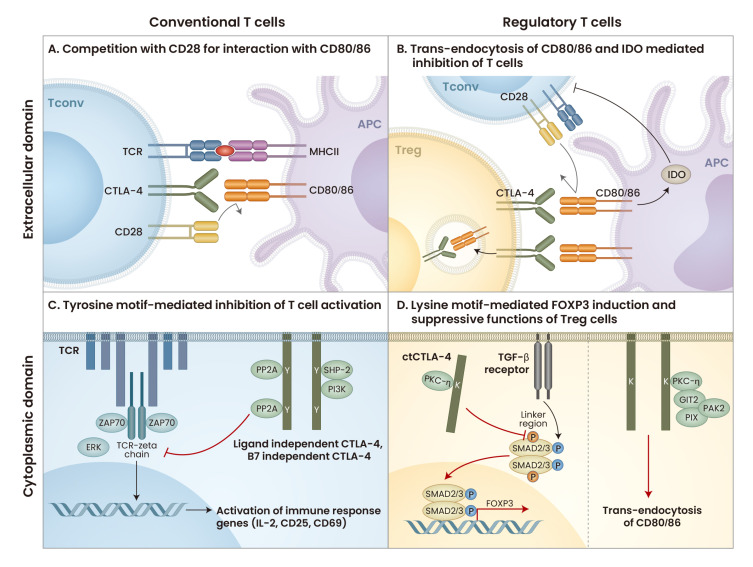Fig. 1. The role of CTLA-4 in regulating T-cell activation and Treg-cell function.
(A) CTLA-4 interacts with CD80/86 on APCs to compete for ligands with CD28. CTLA-4 has a higher binding affinity for CD80/86 than CD28, thus blocking interaction with CD28. (B) CTLA-4 on Treg cells binds to CD80/86 on APCs, blocking costimulatory signaling in conventional T cells and depleting CD80/86 by trans-endocytosis. Therefore, CD28 of conventional T cells cannot interact with CD80/86, resulting in decreased T-cell activation. In addition, CTLA-4 induces IDO from APCs, leading to T cell inhibition. (C) CTLA-4 interacts with PP2A, SHP-2, and PI3K to transduce downstream signaling that inhibits TCR signaling to reduce T-cell activation. (D) CTLA-4 interacts with PKC-η to increase the nuclear localization of SMAD2/3, leading to FOXP3 expression. CTLA-4 in Treg cells also binds to PKC-η and recruits the GIT2, PIX, and PAK2 complex to deplete CD80/86. Tconv, conventional T cell; MHCII, major histocompatibility complex; IDO, indoleamine 2,3-dioxygenase; ZAP70, zeta chain associated protein kinase 70; ERK, extracellular signal-regulated kinase; ctCTLA-4, cytoplasmic domain of CTLA-4; TGF-β, transforming growth factor-β; GIT2, G protein-coupled receptor kinaseinteracting protein 2; PIX, PAKinteracting exchange factor; PAK2, p21 activated kinase. Diagram created with BioRender (https://biorender.com/).

